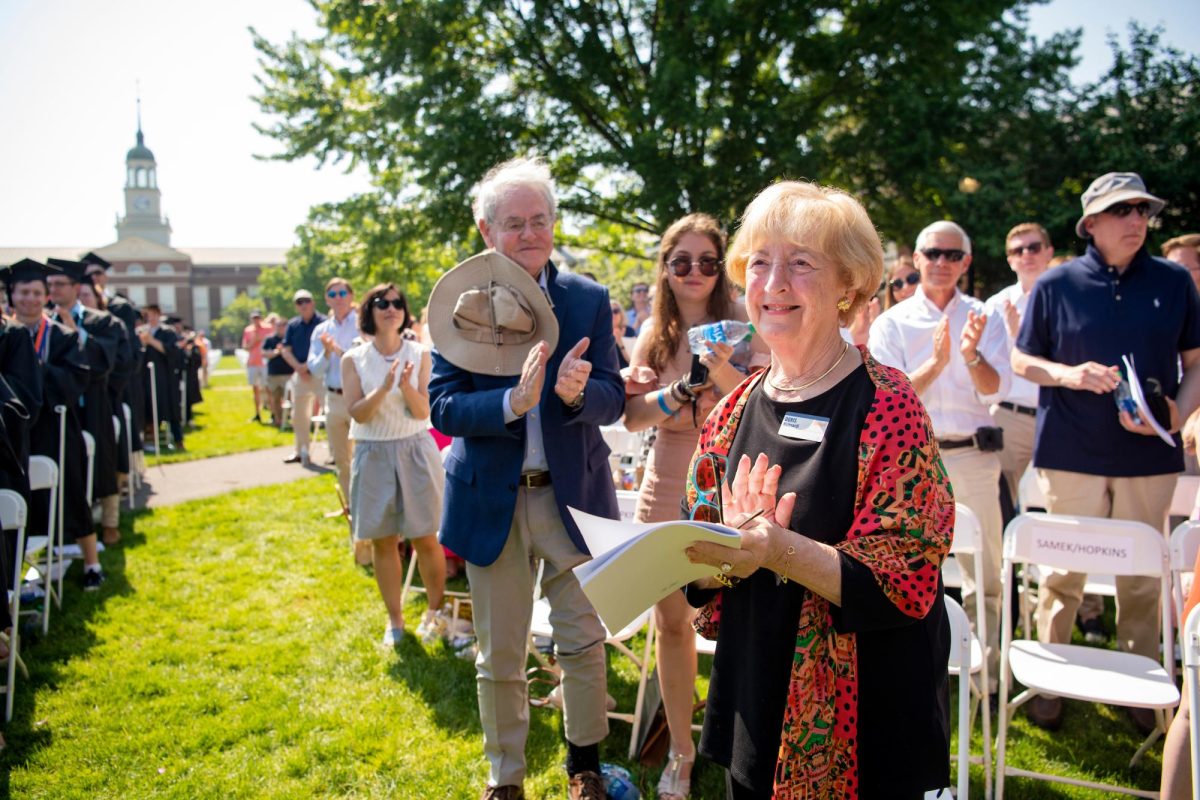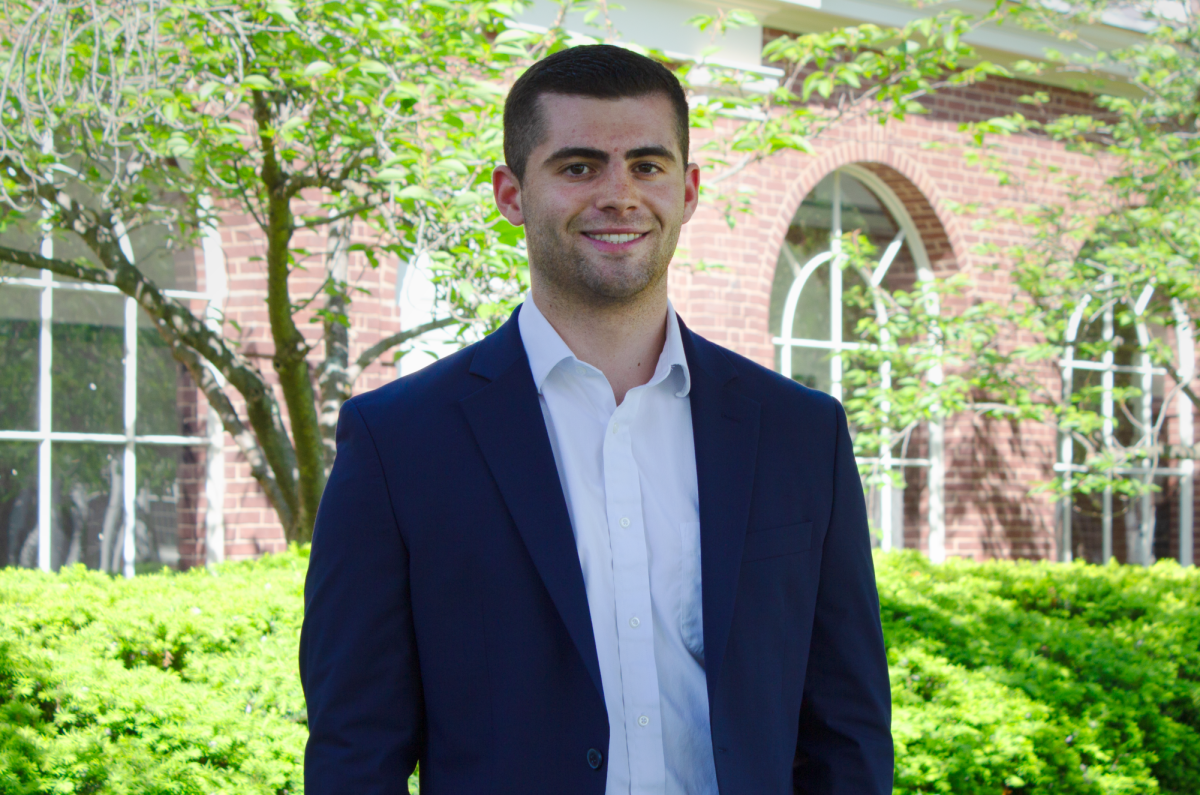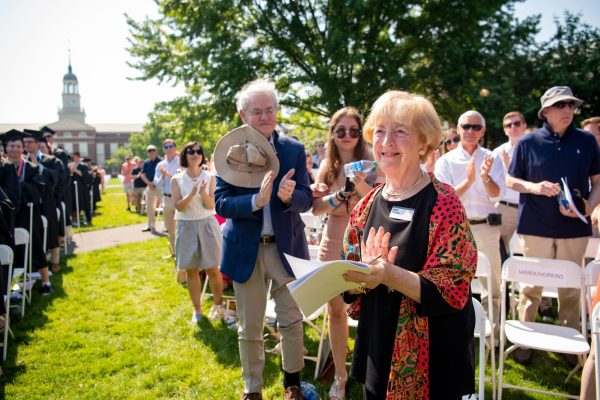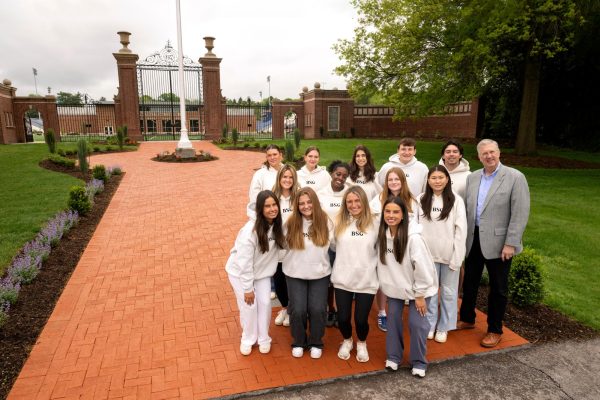ROTC Leadership Training Exercise: A view from Inside
November 3, 2015
Second Lieutenant Matthew Ippolito provides a first-hand account of the Leadership Training Exercise that members of the University’s ROTC program took part in on Oct. 30-Nov. 1.
It’s not often that University students wake up at 4 a.m. on a Saturday morning. Add in below-freezing temperatures, guard duty, and freeze-dried food, and it’s safe to say that the cadets of the University’s Army ROTC “Bison Battalion” had a very different Halloween weekend from most students.
Not many people are aware that there was a time in the University’s history when students walked out of their classes, grabbed rifles and began marching 70 miles to help fight the invading confederate army at Gettysburg, Pa. Receiving word in Harrisburg, Pa. that the battle had been won, the column of students returned to their desks, and the Bison Battalion was born.
Approximately 150 years later, the Bison Battalion is now a branch of the Reserve Officers’ Training Corps (ROTC), and has an excellent reputation for training some of the top-ranked Army officers in the country.
As a second lieutenant and active-duty officer, my days as a cadet are finished, but that didn’t stop the cold mountain air from causing me to shiver as I felt around in the dark for my boots. It’s 4 a.m. and already I see the senior cadets up and moving, their presence given away only by the glare of their red headlamps. After rolling up their frost-covered sleeping bags, they begin to carefully make their way to the tactical operations center (TOC), stepping over the slumbering forms of other cadets.
During this Leadership Training Exercise (LTX), the senior cadets are placed in charge of their younger counterparts. They are given the daunting task of planning the entire operation, including transportation, food, equipment, and medical plans, and are held accountable for the almost 80 cadets at the camp that weekend. The seniors are treated as officers and are expected to train, supervise, and set the example for the others. In this case, it means getting up 45 minutes earlier to make sure the training for the rest of the day is ready.
Switching on my headlamp, I look around and observe the cadets around me, some still sleeping, and others beginning to check their gear and equipment. The cadets of the Bison Battalion are a diverse group, coming from a wide range of backgrounds and one of the five schools in the battalion: Bucknell University, Lycoming College, Susquehanna University, Bloomsburg University, and Pennsylvania College of Technology. They may be an assorted bunch, but they all share one thing: the dream of becoming an officer in the United States Army. It is the commitment to that dream which has led them to exchange the festivities of the Halloween weekend for the cold and the discipline of field training.
The previous afternoon, the cadets had arrived at Camp Karoondinha and immediately got busy attending briefs, practicing land navigation and combat first aid, and learning about survival techniques. The senior cadets established their TOC (the main headquarters for training) and began pouring over maps and establishing timelines.
“Our goal for the freshmen, sophomores, and juniors is to get them trained, get them familiar with Army tactics in the field,” Cadet Alexander Kempf ’16 said. “We want to instill confidence and leadership abilities. For myself and other seniors, it’s the same, but more advanced.”
As night fell, the juniors and seniors moved into their outdoor patrol base, established a roster for guard duty, and did their best to get some sleep, despite the below-freezing temperatures. It was a long night.
An hour after the seniors and myself awoke, the patrol base is bustling with activity. The cadet’s red headlamps are the only illumination they have in the darkness, and they use them to get dressed, check their equipment, and clean the area. Once that is done, they sit down against a tree and crack open an MRE (Meal Ready-to-Eat) for breakfast.
Training begins before the sun is even up. Under a senior’s watchful eye, cadets break up into squads of eight to 12 soldiers and take turns leading their squad through a variety of missions. These missions include a squad level attack on a fixed position, ambushing an enemy on the road, or conducting a reconnaissance mission. The missions begin at 6 a.m. and will continue until 6 p.m. If the cadets are not participating in missions, they will be rappelling off a 60-foot tower. There is no fear of heights in the army.
The only rest the cadets get during the day is during after-action reviews (AARs). These occur after a mission is completed. The leader stands up and the senior evaluates him on what he did well and what he can improve upon. I sat in on several of these reviews and noted that no matter how well or poorly the mission went, every cadet present learned valuable lessons. The entire exercise is specifically designed to build up cadets’ confidence and leadership abilities, as well as their resilience and reaction to real world problems.
The cadets may be cold and tired, and know that they have another day of training ahead of them, but looking around me, I see that every single one is ready and eager to keep going. With a growing spirit of camaraderie and achievement, the cadets shoulder their packs and grab their rifles, ready to press on. I grab my pack as well, silently impressed by these remarkable young leaders who are ready to leave the comfort of college life for something greater than themselves, just like the original members of the Bison Battalion.





















